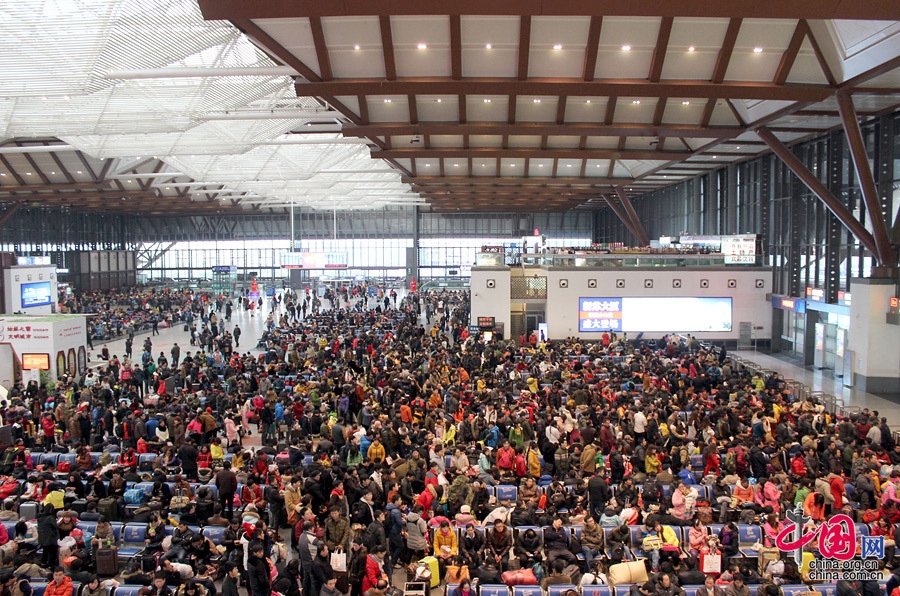
Most of us have, at some point experienced travel congestion, especially during major holidays such as Christmas and Thanksgiving. However, nothing compares to the crowds triggered by the Chinese Lunar New Year, or Spring Festival, when millions of people make their way home – usually from cities to rural areas – to celebrate the all-important holiday with friends and family. The spring travel rush, or Chunyun, begins 15 days before the festival – which falls on February 5 this year – and ends 25 days after. The 40-day period collectively results in the world’s largest seasonal human migration. This year will be no exception.
Chinese officials estimate that from January 21, 2019, to March 1, 2019 people across the country will take three billion trips, up 0.6 percent from 2018. To put it in perspective, that is more than two journeys for every single member of China's population. According to the National Development and Reform Commission (NDRC), a majority, about 2.46 billion, will be road trips. Rail travel will come in at a distant second with 413 million trips, with air travel (73 million) and boat rides (43 million) making up the balance.

To accommodate the large-scale migration, which has increased 30-fold since 1979, the Chinese government has had to overhaul the railway, highway, and civil aviation systems entirely over the past 40 years. This has entailed adding 10 new railways, increasing the speed of the country’s trains six times since 1997, and expanding the operational length of the high-speed trains to 29,000 km. New technologies, such as facial recognition software and ticketless travel, have also been introduced to ease congestion at train stations.
China now leads the world in total mileage of roads (4,773,500 kilometers) and highways (136,500 kilometers) and has dramatically increased air travel capacity from 144 airplanes in 1978 to the current 3,551 aircraft operated by 52 carriers.

Despite these measures, traveling during Chunyun, when the peak daily passenger volume often exceeds 100 million, can be chaotic and riddled with delays. However, that does not seem to deter the revelers who look forward to this annual event with great anticipation each year.
Resources: cgtn.com, wikimedia.org
